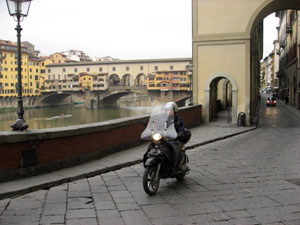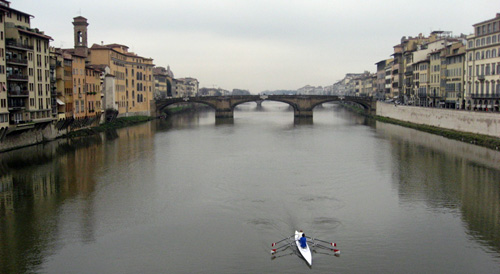 New Orleans, founded in 1718, has many long standing traditions. During the holidays, many of these still exist and there are even a few new ones! There is always a reason to have a celebration in New Orleans but from November - January, traditions and celebrations truly shine.
New Orleans, founded in 1718, has many long standing traditions. During the holidays, many of these still exist and there are even a few new ones! There is always a reason to have a celebration in New Orleans but from November - January, traditions and celebrations truly shine.
The sound of the trumpet heralds the opening of New Orleans' holiday season at the Fairgrounds Race Course on Thanksgiving Day. The Fairgrounds is the third oldest and continuously operating thoroughbred racetrack in the United States. It's first race was in 1852. Turkey, hats, horses…it's off to the races!
The Roosevelt Hotel opened in 1893 and has seen a number of famous people walk through it's lobby from politicians to royalty. Beginning in the 1930s, The Roosevelt Hotel became a destination of delight for children and parents alike with their beautiful lobby filled with holiday lights. At one end of the lobby is Domenica Restaurant run by Chef Alon Shaya, an Israeli-born chef who has created a special Hanukkah menu for the holidays. Shaya's latkes, short ribs and Hanukkah doughnuts are a new tradition not to be missed.

 The first time I ate at Coco Lezzone in Florence, it was at the invitation of film producer Dino De Laurentiis, who knows a thing or two about Italian cooking:
The first time I ate at Coco Lezzone in Florence, it was at the invitation of film producer Dino De Laurentiis, who knows a thing or two about Italian cooking: 
 It’s so darn good to get awaaaay. I’m bored with the predictable
patterns of my home life: my constant computer, my cooking, my own
backyard. My brain craves novelty, my tongue new tastes, my eyes new
vistas, but my complacency wants it all to come easy--so good to have
work in the Bay Area of Northern California.
It’s so darn good to get awaaaay. I’m bored with the predictable
patterns of my home life: my constant computer, my cooking, my own
backyard. My brain craves novelty, my tongue new tastes, my eyes new
vistas, but my complacency wants it all to come easy--so good to have
work in the Bay Area of Northern California. A long time ago, I made the choice to remain single. I really did not want to deal with relationships and I was genuinely happy to take life’s journey on my own. Little did I know that the Universe had a completely different plan for me. I met my (now) husband on September 12, 2012 at a wine tasting in Beverly Hills. Fast forward a year, and he proposed on September 12, 2013. Keep going… we got married April 12, 2014. Why does this matter? Well, it leads me into this restaurant… Boragó.
A long time ago, I made the choice to remain single. I really did not want to deal with relationships and I was genuinely happy to take life’s journey on my own. Little did I know that the Universe had a completely different plan for me. I met my (now) husband on September 12, 2012 at a wine tasting in Beverly Hills. Fast forward a year, and he proposed on September 12, 2013. Keep going… we got married April 12, 2014. Why does this matter? Well, it leads me into this restaurant… Boragó. I’m an Anglophile. The names of my sons say it all. Oliver and Barnaby. It wasn’t on purpose, but I accidentally copied Tom Stoppard, who happens to have two kids with the same names.
I’m an Anglophile. The names of my sons say it all. Oliver and Barnaby. It wasn’t on purpose, but I accidentally copied Tom Stoppard, who happens to have two kids with the same names.